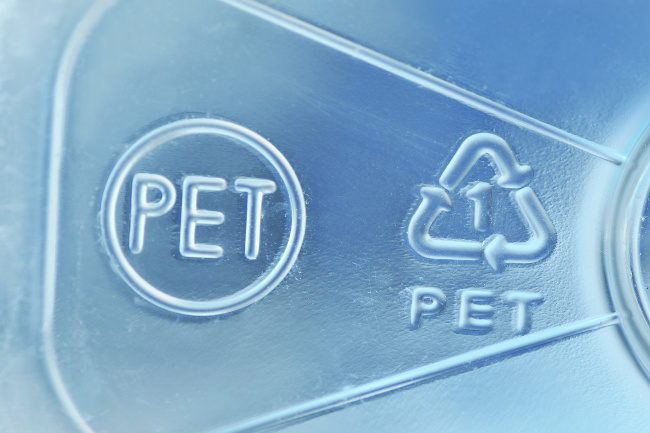Sector Focus:Polyethylene Terephthalate

Today we’re looking at the most common thermoplastic polyester, Polyethylene Terephthalate…
This transparent or white plastic is often called PET, PETP or Polyester. The latter often causes confusion, as other materials are also given this name. For example, the chemically similar Polybutylene Terephthalate (PBT), a thermoplastic polyester, is often called just ‘Polyester’. So is the most common resin system used in glass-reinforced plastic, as it’s referred to as a Polyester system.
The basic elements of this version of Polyester, Polyethylene Terephthalate, are ethylene glycol and terephthalic acid, combined to form a polymer chain. Its most frequent use is for synthetic fibres and bottle production, but the material has an interesting history and a wide range of uses.
The history of Polyethylene Terephthalate
The material was first made in the mid-1940s after chemists at DuPont were researching polymers to make textile fibres. It wasn’t until the 1950s that the material was trademarked and registered. In this same decade, developers found a way to stretch PET to create a film. It is now widely known in many forms, including in the form of biaxially oriented and thermally stabilised films, usually referred to by their main brand names Mylar, Melinex or Hostaphan.
Polyethylene Terephthalate properties include:
- Hardness
- Stiffness
- High strength
- Dimensional stability
- Good gas barrier
Good chemical resistance – except to alkalis, which hydrolyse it
Polyethylene Terephthalate uses include:
- Packaging materials
- Clothing fibres
- Electrical components
- Thermoforming for manufacturing
- Capacitors
To learn more about Goodfellow’s PET offering, get in touch with the Goodfellow team today.






